Learning How to Make Makgeolli
Along with soju, makgeolli is one of the most popular beverages in Busan. The milky-white drink is made of rice and wheat, and only slightly more alcoholic than beer. We visited a factory in the mountain village of Geumseong-dong to learn first-hand how it’s made.

It was still monsoon season, and we had to battle through torrential rains to find the makgeolli hall. Once safely inside, we were put right to work. The guy in charge of the experience didn’t speak much English, but was fluent in slave-driving, and you don’t need to converse with your slaves. Within the first minute of our arrival, he sat me down in front of a big bowl of wheat, poured a little water onto it, and motioned that I should get to kneading.
So while Jürgen walked around taking pictures, I kneaded. Ten minutes later, my hands and forearms were burning, but the wheat was still not to Master’s liking. With a frown on his face and a shake of his head, he bade me continue for another five minutes. Next, I was taught how to form the wheat into heart-sized balls and pressed them into discs. These wheat cakes would now have to dry for fifteen days.
Master had an already-dried cake ready to go, and led me to a giant pestle where he put an oar-sized mortar into my hands. I spent the next few minutes crushing the wheat into a fine powder, which we then mixed with steamed rice. Now, I packed this mixture into plastic bottles, filled each with tap water and finished them with a heaping dollop of honey. And that was it. The concoction would ferment for four days, and the result (after straining) would be makgeolli.
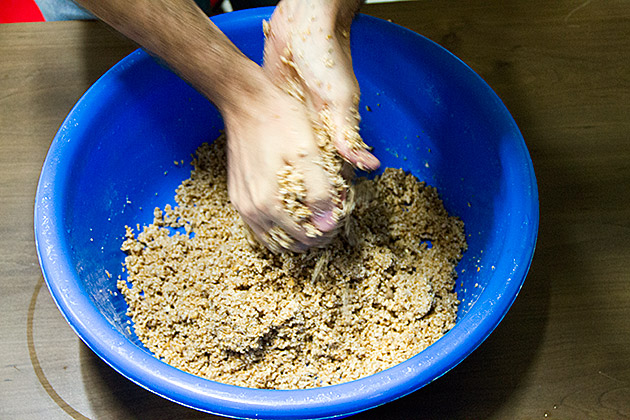
We were allowed to bring both the cakes and bottles home with us. He drove us back into town, where we saw the hall in which the larger wheat cakes were drying, and the clay jars of makgeolli fermenting. The shed was surprisingly rustic, considering that this is a modern industry — Geumseong-dong’s makgeolli is widely drunk throughout Busan.
Back home, we stored our makgeolli jars in the cupboard without a lid on, as per Master’s final instructions. It had begun fermenting immediately, and we watched with delight as the bubbles rose up out of the water, already busy at work producing alcohol. On Day Two, though, it was less delightful. Our apartment stunk like cheesy socks, and the mixture had attracted a host of fruit flies. After discovering a baby cockroach floating in one of the jars, we flushed the whole mess down the toilet.
Anyway, bottles of makgeolli only cost 81¢ in the supermarket, so we don’t exactly need to make it ourselves. The experience of doing so, though, was a blast.
Approx. location on our Busan Map
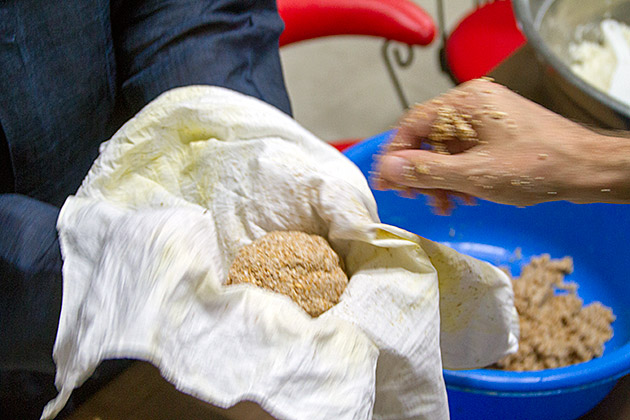
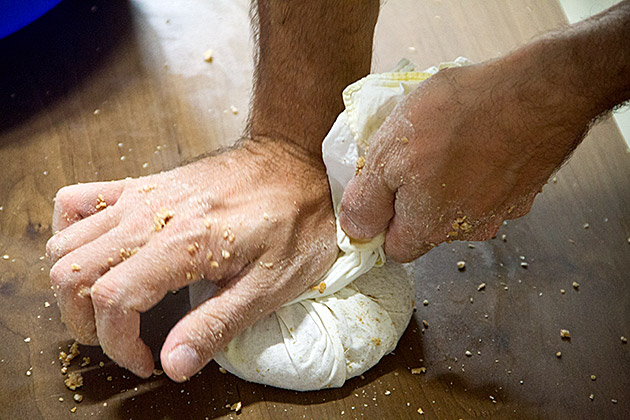

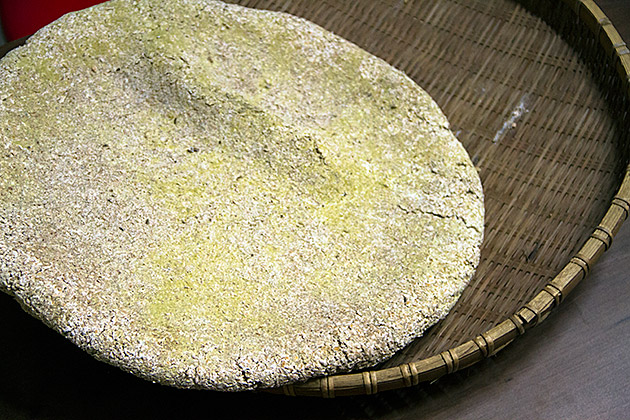
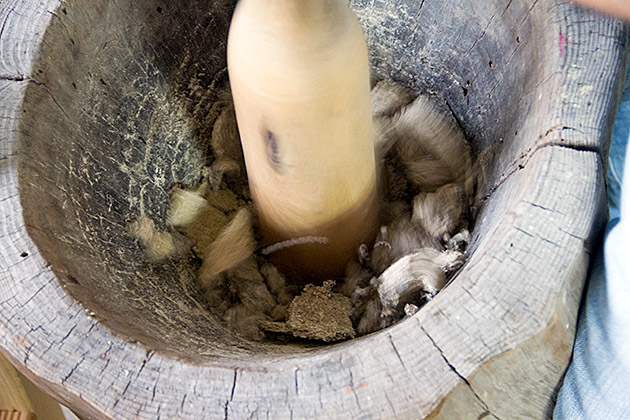

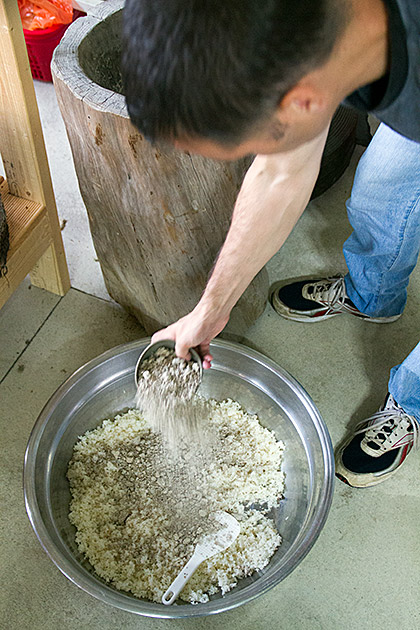
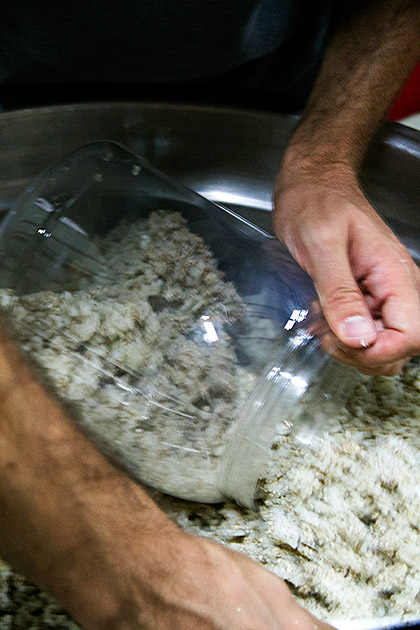
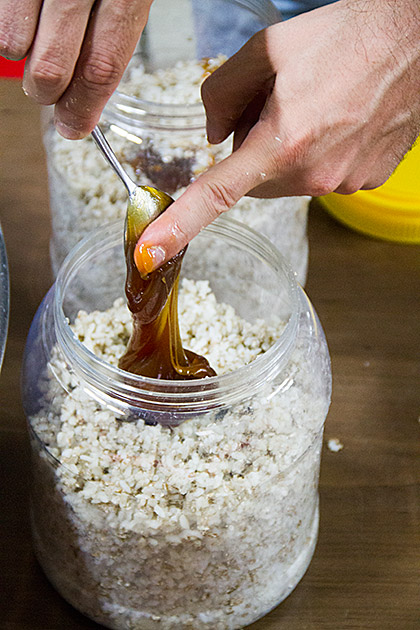
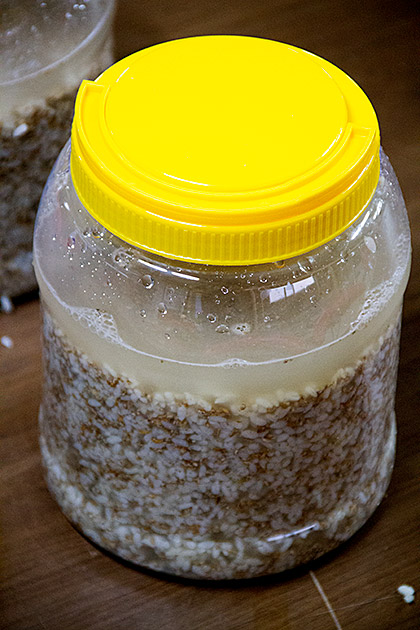
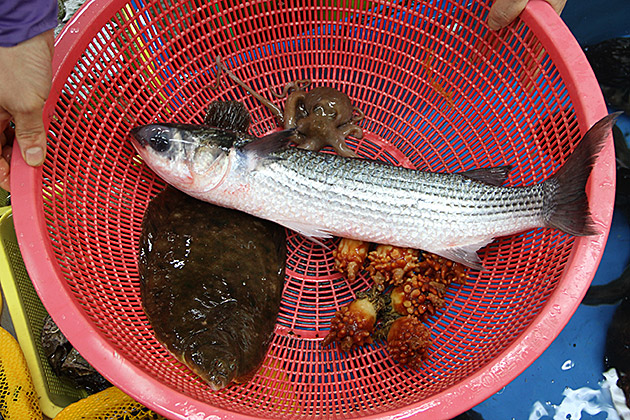
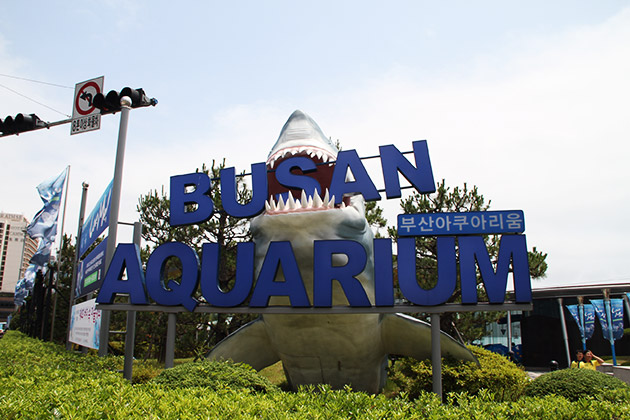
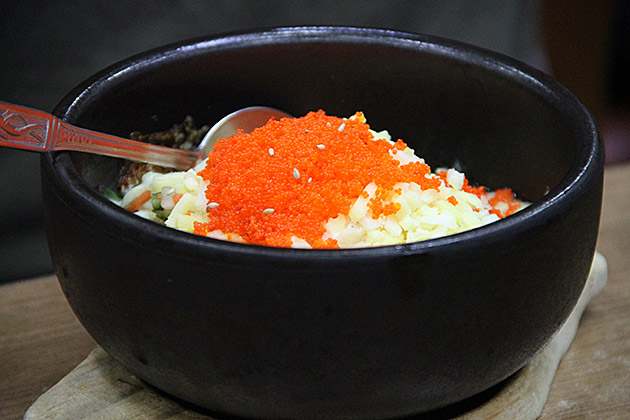

This is what you said.I didn’t watch this yesterday~!
I wanna try this oneday not in summer. I can imagine the smell in your apartment~! haha